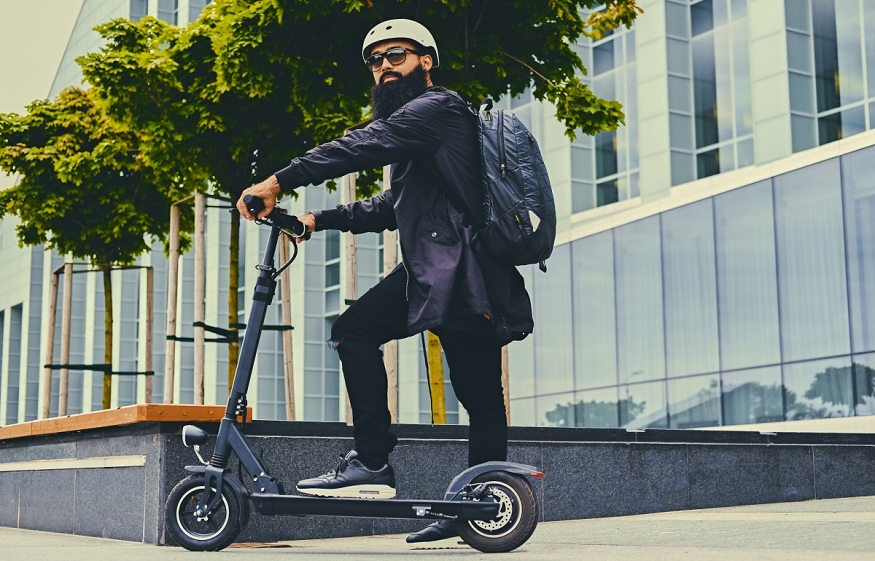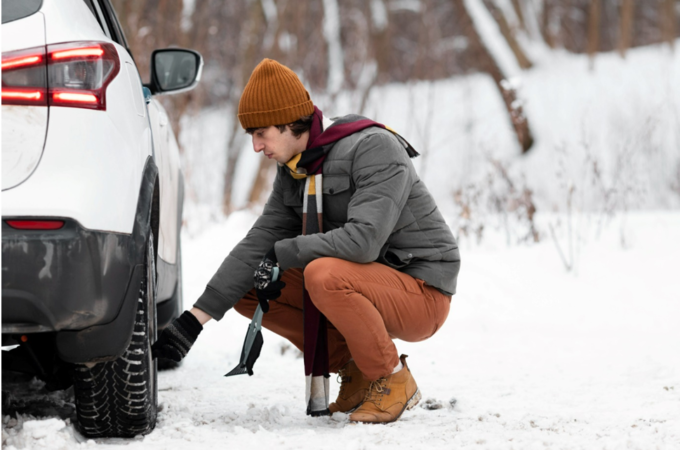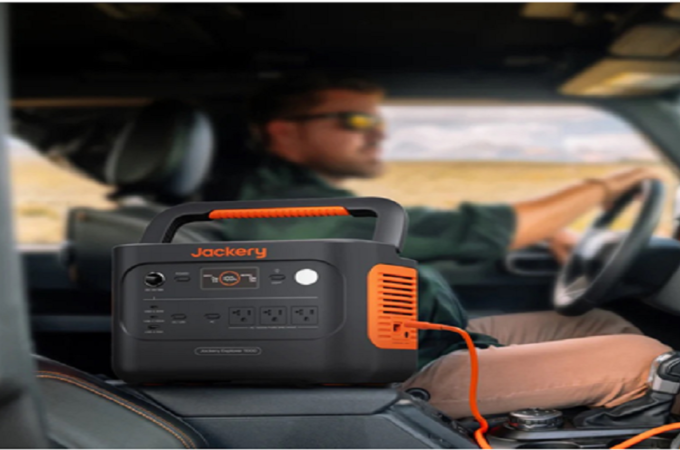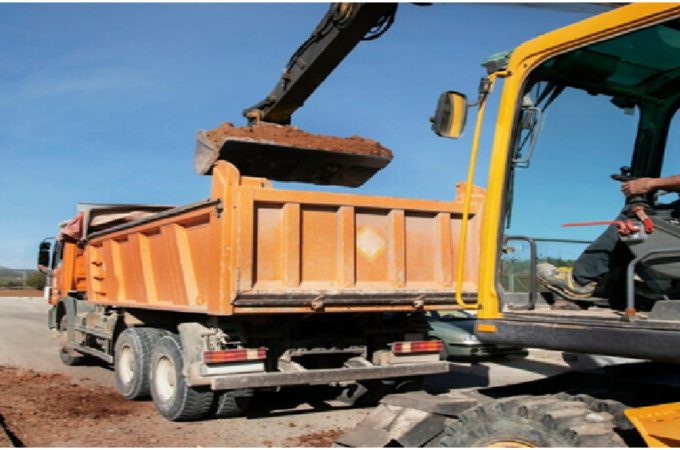
How two-wheel mobility solutions are transforming the future of micromobility
By 2027, the global bicycle industry is expected to exceed $20 billion. Although cars have been the dominant mode of transportation for around a century, a shift is occurring that sees higher adoption of grassroots two-wheel transport options like bicycles. But it goes much further, with electrified micromobility solutions taking a central role in short-distance travel.
To increase the adoption of these two-wheel mobility solutions, technology is rapidly developing. From improved location accuracy to enhanced electrification strategies for e-mobility trends and beyond, several technologies like two-wheelers HMI design will enhance engagement, safety, and ridership moving forward. Explore how solutions are transforming how people move.
Electrification reigns in two-wheeler technologies
Cars, semi trucks, and motorcycles are all rapidly moving to the electric space, and that’s driving adoption for micro mobility options like e-scooters. Mobility options on two wheels have been front runners for electrification, and it’s even more established with other automotive and mobility solutions heading that way.
Going forward, electrification will further be embraced in micro mobility with battery technology getting lighter and more energy dense, allowing for longer ranges and increased dependability. As a mode of transportation acclaimed for its reduction in environmental impact, two-wheelers like scooters and e-bikes are destined to become even more integral in urban areas.
Reducing the commute time
For riders, the practicality of using two-wheel transport, whether electrified or person-powered, is among the most prevalent reason for their choice. It reduces commute times drastically, allowing the user to spend more time where it’s most important to them.
This is arguably the main driver for communities to adopt e-mobility options and improve cycling infrastructure. By reducing the car traffic on roadways, travel time is shorter for everyone, and smog is mitigated. Expect to see cities of all sizes implement preferred routes and dedicated lanes for two-wheeled vehicles to achieve this goal.
Sharing your two-wheeler
Worldwide, major companies with massive offices have adopted WFH or hybrid home-office schedules including Twitter, Square, Siemens, and Microsoft. For employees, that means less time in – or on – a vehicle. Rather than leaving their e-scooter or e-bike unused, it’s an attractive option to ‘rent’ it out or share it, but the security of the transaction must be in place.
HMI designers and developers can build platforms much like Turo that allow two-wheeler owners to share their vehicles. They can reap the rewards of low ownership costs as well as earn a modest amount while their vehicle would otherwise be unused.
Finding balance with mixed reality
In communities like Springfield, MA where a pilot program has been initiated, e-scooters are being abandoned haphazardly around the city rather than being returned or left in an appropriate place on the sidewalk. In some cities like San Diego, it’s a significant issue, and it’s become a source of frustration for residents.
Scooter companies have been working on two-wheeler HMI solutions that integrate mixed reality to address the issue. When they arrive at their destination, users scan the area with their smartphone to identify approved locations to ‘return’ their scooter, keeping communities cleaner and residents happier.
Enhancing an enjoyable experience
On two wheels, going anywhere is simply more fun. Open-air travel on a scooter, bicycle, or e-bike is said to elevate endorphins, resulting in an enjoyable experience that has physical benefits.
While you don’t need anyone’s assistance to enjoy riding a bicycle or e-scooter, apps that can be used to ensure safe operation can also suggest places to ride alone or as a group. It can be anything from a geocache-style scavenger hunt to a sightseeing tour with app-based auto guidance. Expect that developers will actively find ways to work enjoyment into their products.
E-mobility on two wheels is growing fast, especially as electrification is becoming ubiquitous. As that happens, teams like Star technology consulting endeavor to riders safer, integrate micromobility into their commute seamlessly, and ensure it’s a safe and convenient option.





